One of the most beautiful towns in the area of Argolis (in eastern Peloponnese) as well as one of the most romantic cities all over Greece, Nafplio was the first capital of the newly born Greek state between 1823 and 1834.
According to mythology, the town was founded by Nafplios, the son of god Poseidon and the daughter of Danaus (Danaida) Anymone. The town’s history traces back to the prehistoric era when soldiers from here participated in the Argonautic expedition and the Trojan War alike. The town declined during the Roman times and flourished again during the Byzantine times. Frankish, Venetian and Turkish conquerors left their mark in the town and strongly influenced its culture, architecture and traditions during the centuries. Ancient walls, medieval castles, monuments and statues, Ottoman fountains and Venetian or neoclassical buildings mesmerize the visitor with their unique architecture and beauty.
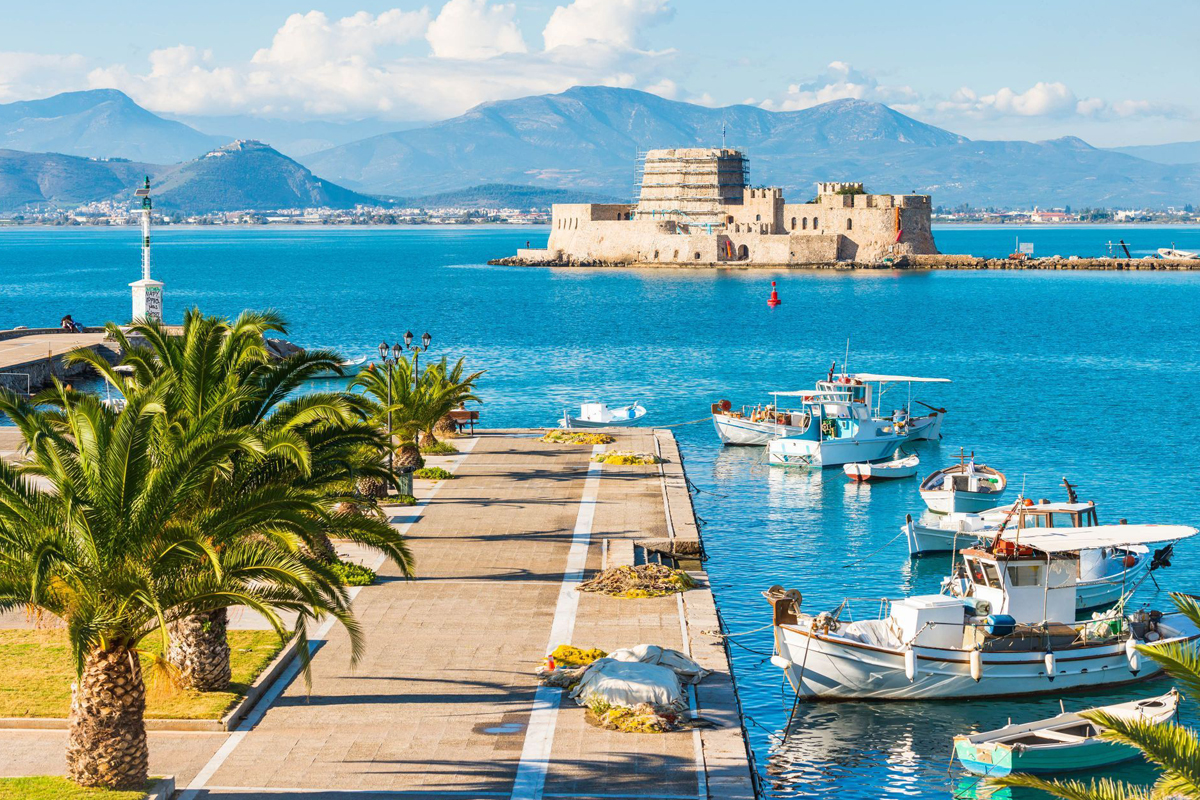
Follow a dream trail to discover Náfplio’s precious gems starting from the medieval Old Town, the narrow cobblestone alleys, the neoclassical well preserved mansions with the Bougainvillea trees adorning their yards and balconies and the Turkish fountains.
In the very heart of the city stands the Italianate Syntagma Square where you can admire important historic buildings and monuments. Two Turkish mosques (the first used to house the first “Mutual Learning” School and now operates as a cinema/theatre whereas the second was home to the first Greek Parliament), the Archaeological Museum with important artifacts from the Prehistoric and Mycenaean Era and the Municipal Gallery are among the buildings that stand out. Very close to the modern city stand the church of Agios Spyridonas, in front of which Governor Ioannis Kapodistrias was assassinated, and the church of Agios Georgios boasting important murals such as a copy of the famous Leonardo Da Vinci work “The secret Dinner”.
Your Journey Begins Here
Tolo is a pretty seaside town with about 2,500 inhabitants. It is located a short distance south of Nafplio and attracts many tourists during the summer months. The natural surroundings of the town with its beautiful beaches create a picturesque, romantic and idyllic picture. Opposite the port, one can admire the three little islands, Koronisi, Romvi and Daskalio. The main occupations of the residents of Tolo are primarily tourism and fishery. Tolo is renowned for its excellent tourist infrastructure, impressive natural beauty as well as its warm hospitality of its inhabitants, qualities which attract visitors from around the world.
How to get there
You can reach Tolo by taking the National Highway (Ethniki Odos) Athens-Tripoli, and by following the signs Argos-Nafplio. On arriving in Nafplio, at the end of the road that leads into the city, follow the road signs for Tolo, about 11 km from Nafplio. Moreover, the Bus Nafplio (27520.27323) has a regular daily service to Tolo.
A Glimpse of the Past
Homer was the first to give details on the bay of Tolo and the ancient Asini. According to sources, Tolo of today was built near the ruins of the ancient city. You can find parts of the walls of the ancient Acropolis in the whole area. Around 700 BC the region was almost completely deserted until the 3rd Century BC, and traces of re-colonization have been found. During the Byzantine Empire, people begin to benefit from using the port and to welcome new settlers. In 1204 AD, at the time of the Crusaders, the entire area is controlled by the Franks. Later in 1389 AD, the Venetians conquer Tolo, which they use as a second base for their naval station until 1540 AD, when it is handed over to the Ottomans. In 1686, the Venetians begin their army under the command of Vice Admiral Morosini to lay siege to Nafplio, which was dominated by the Turks. Morosini chooses the gulf of Tolo as a the best place to accept forces and form a base camp as it is the safest place in the area, and the beach perfectly suitable as a military camp for the army. After the successful campaign and until 1718, when the area falls again into the hands of the Turks, Tolo is used as a side base for the Venetian Fleet. During the Turkish occupation, the Daskalio (school) was secretly operating on the island in the Gulf in order to teach children their language and history. Later, land in Tolo was granted to the refugees coming from the island of Crete, trying to escape the purges of the new conqueror, the Egyptian Viceroy Mohammed Ali, who had been granted the island in return for rendering services to the Ottomans. In 1834, by Royal Decree, a city was established at the port of Tolo and named Minoa in honor of the King of Crete, Minoa. After the liberation of Crete, the refugees who remained in the region stood by their great love for the sea and created a small and picturesque fishing village that was isolated. It was virtually untouched by the outside world and followed its own rhythms until 1916, when the community of Tolo was established. This is still so to this day, and today, Tolo has the largest fishing fleet throughout Argolidas. During the Second World War, the German and Italian naval force were stationed in Tolo. The local residents suffered greatly. The fishermen were forced to hand over their entire catch to their conquerors and women to serve them. From the mid 20th century and on, Tolo changes and becomes an increasingly evolved summer resort. The natural surroundings, the beauty of the Gulf, the tranquility of the countryside and the nearby archaeological sites make Tolo a popular destination for tourists from all over the world.
According to tradition, the name of the region is derived from a Frankish Bishop, John Tolon. It is said that at around
1200 AD, the Bishop, who is buried on the mountain of Romvi, lived for years in the area.
Based on another tradition, during the Venetian domination the region was named Port d Aulon, and over the years, it
evolved to “Tolo”.
Events
During the summer months, various cultural events are organised in the wonderful evenings with music and traditional dances from all over Greece, and locals along with visitors are invited to take part in the celebration.
An interesting and well kept custom is that of “Agios Giannis Keidonas”, “St. John”, with the “jumping over the flames”, held on June 24 on the last Sunday of the Carnival. Also, various other events in the region such as jet ski races every August, and sand-sculpture building in July, are worth watching.
An exceptional event worth seeing is the procession of the Epitaph, which is held in the sea.
Local events
Every summer, the “celebration of the full moon” is held under the full moon of August with various events taking place. At the end of September, the celebration of the “Tratas, is held. It is the festival of the fishermen marking the beginning of the whitebait fishing season and is accompanied by fish, wine, dancing and singing.
Local Products
Tolo was originally a fishing village and has remained so as it progressed to a larger town. Therefore it is famous
for its fresh fish soup and tasty seafood products.
- Tolo
- Nafplio
- Nafplio
Twenty years from now you will be more disappointed by the things that you didn’t do than by the ones you did do. So throw off the bowlines. Sail away from the safe harbor. Catch the trade winds in your sails. Explore. Dream. Discover.


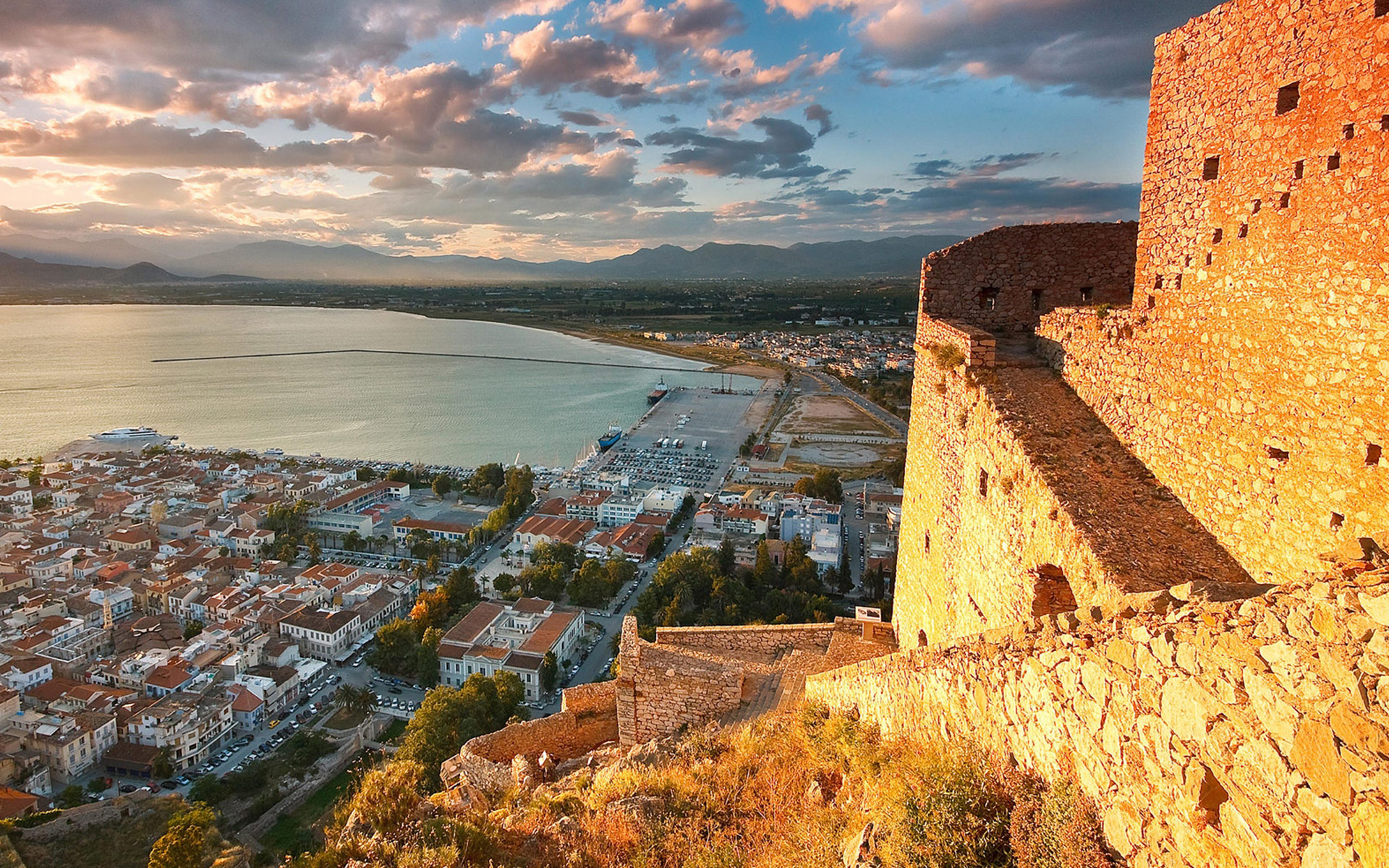
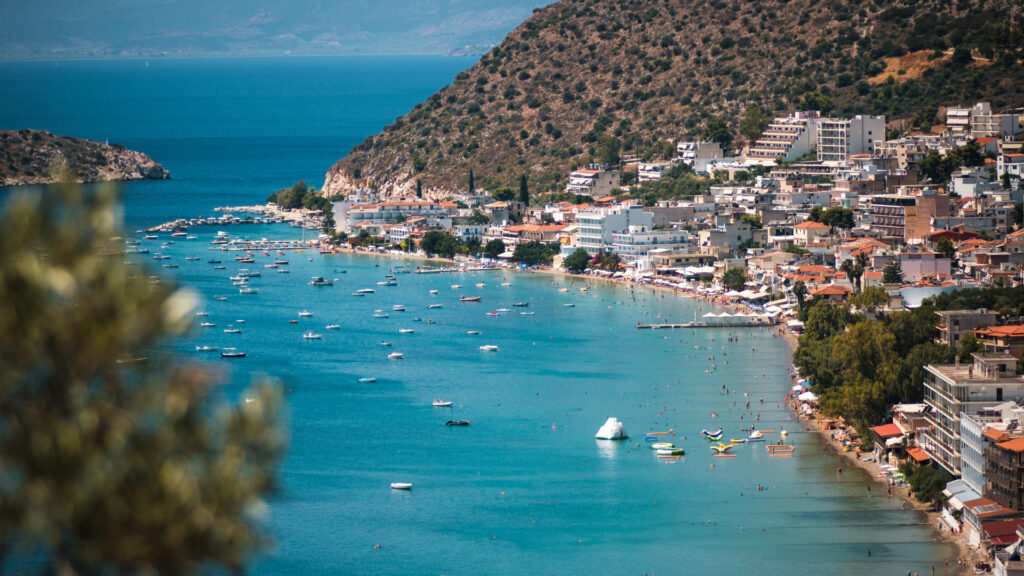
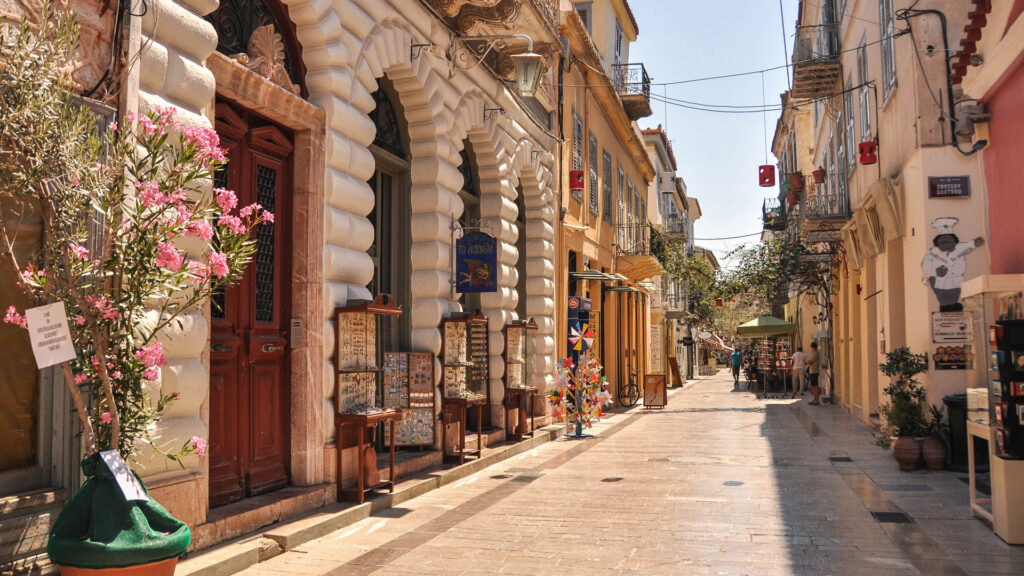
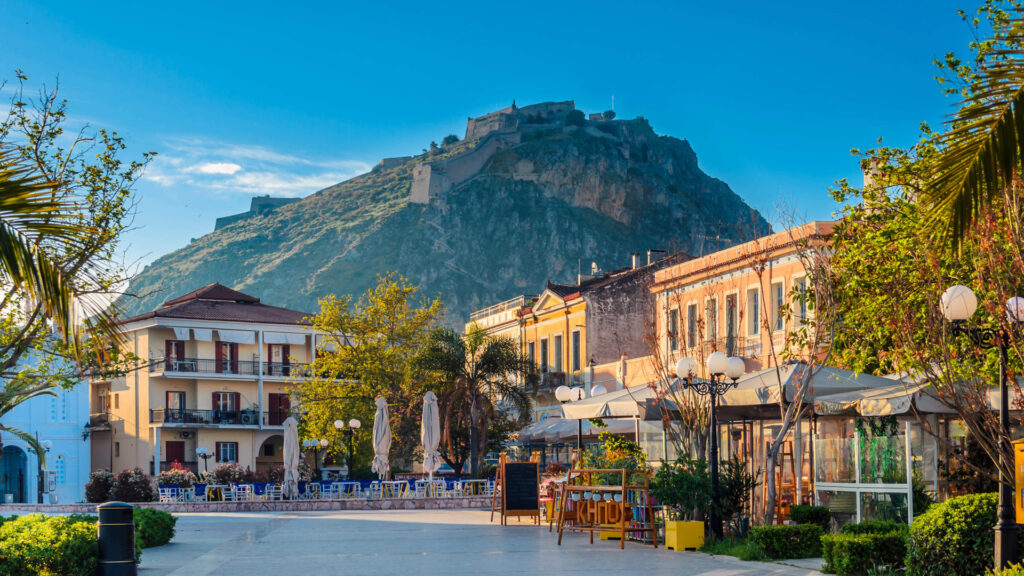


Follow Us
OUR SOCIAL MEDIA CHANNELS
Follow us on social media to keep up-to-date with latest news, discounts and events.